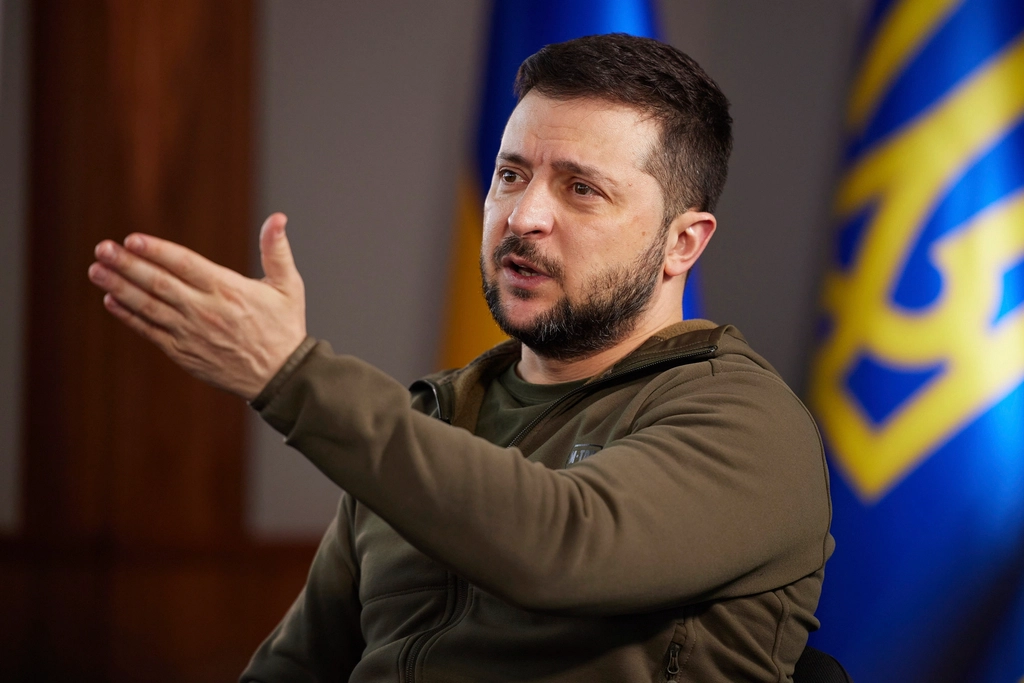
“Thirty percent of all fighting in the theater is happening around Pokrovsk,” Ukrainian President Volodymyr Zelensky said on November 3, in comments that underlined how intense Russia’s latest offensive has become. The battle for this eastern Ukrainian city represents the culmination of almost two years of attritional warfare, technological adaptation, and shifting geopolitical stakes.
Pokrovsk is a city of 60,000 in better times that has emerged as the epicenter of Moscow’s push to capture Donetsk Oblast, the broader Donbas region. A defeat here will send ripples well beyond the city limits-from Ukrainian supply lines and Russian morale to the pace of the war. The list below puts together analyses of battlefield reports, intelligence assessments, and historical parallels in order to outline key factors shaping the fight for the strategic city of Pokrovsk.

1. The 21-Month Campaign to Encircle Pokrovsk
After Avdiivka fell in February 2024, the Russians began their advance in the direction of Pokrovsk. The first head-on attacks did not succeed, and a trend started to develop in the second half of 2024 for an encircling maneuver. In the course of the following year, Moscow would invest an incredible amount of manpower and materiel, advancing only 39 km within 21 months. That’s indicative of the fact that the Russian military is based on attrition or gradual territorial acquisition, not on rapid maneuver warfare.
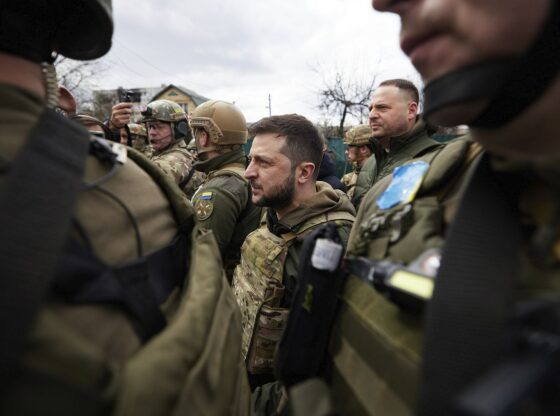
2. Battlefield Air Interdiction as a Force Multiplier
In early July 2025, battlefield air interdiction of lines of communication, drone launch sites, and logistic nodes began on a wide arc around the Pokrovsk sector. These extended-range, first-person-view drones with thermobaric warheads were employed to create a drone-denied environment for the elite operators of the Rubikon Center for Advanced Unmanned Technologies to impede Ukrainian reconnaissance and logistics.
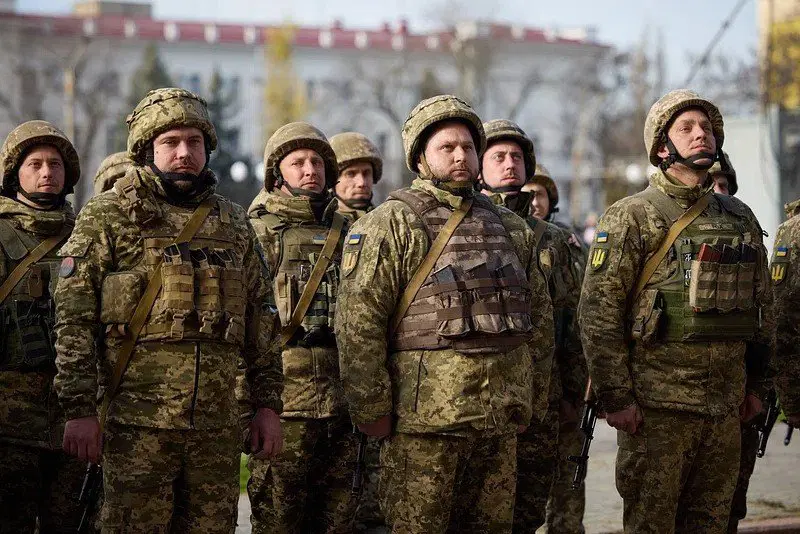
3. Infiltration Tactics: Overwhelm the Defenders
Ukrainian military observer Kostyantyn Mashovets noticed that there were three distinct steps of infiltration preparation, execution, and exploitation. Spetsnaz teams strike in the direction of those weak points with surprising attacks then small assault groups follow and take positions. That is how Russian troops penetrate the urban landscape of Pokrovsk deep inside despite heavy losses.

4. Ukrainian Counterattacks and Heliborne Operations:
This aggressive response from Kyiv incorporated a heliborne assault west of Pokrovsk on October 31 led by the head of GUR, Kyrylo Budanov. Such operations reopened supply corridors and disrupted Russian fire control over key routes. There have also been Ukrainian strikes at the headquarters of the Russian drone forces operating from occupied Avdiivka, strikes aimed at degrading the Rubikon Center’s capabilities.
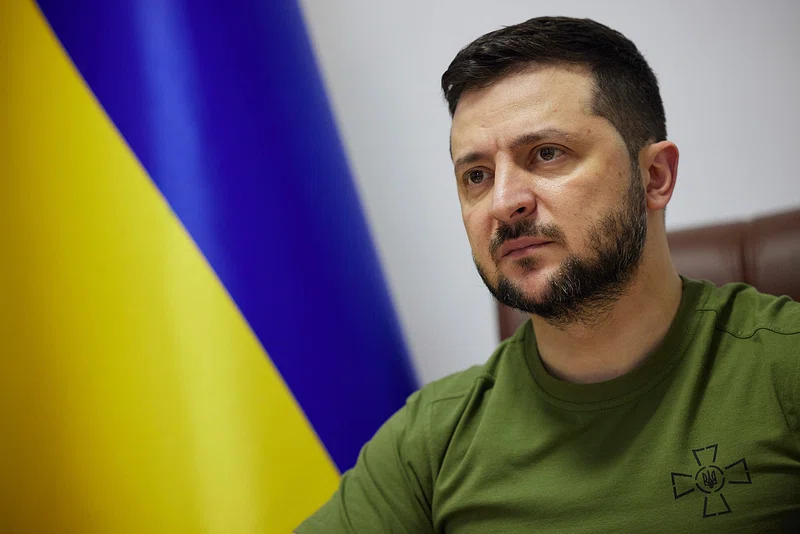
5. Manpower imbalance on the Donetsk front:
Zelensky said Ukrainian defenders at Pokrovsk were outnumbered eight to one, with Russia having amassed some 170,000 troops in Donetsk. While actual fighting strength is harder to confirm, open-source assessments put Russian forces near the front line outnumbering Ukrainian troops by at least a third, with larger artillery and engineering formations.
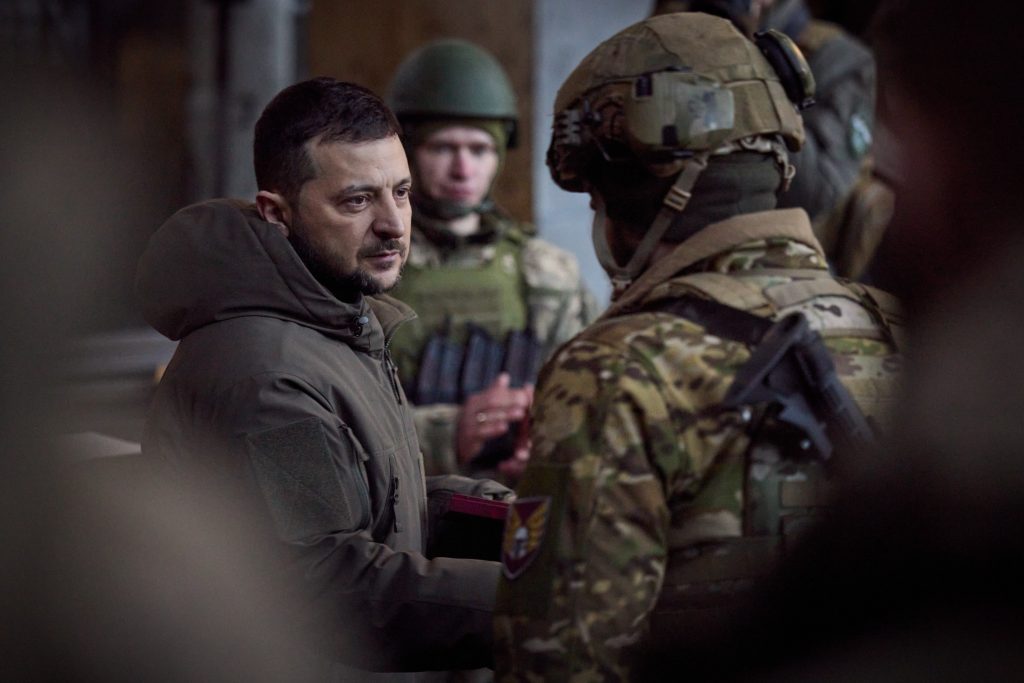
6. Supply Routes Constantly Under Threat:
The two highways that feed the city of Pokrovsk are continuously exposed to Russian drones and artillery hence, any reinforcement and withdrawal is a problem. More generally, this is the same threat of encirclement that has characterized the recent fighting in Bakhmut and Avdiivka, where Ukrainian positions became untenable when their lines of communication were cut.

7. The Fortress Belt and Defensive Infrastructure:
The so-called fortress belt of fortifications developed over 11 years in western Donetsk includes the cities of Druzhkivka, Kramatorsk, and Sloviansk. Pokrovsk is at the edge of that defensive zone. If the city fell, that might open a path toward those larger urban centers, though analysts caution Russia may lack the reserves to exploit such a breakthrough quickly.
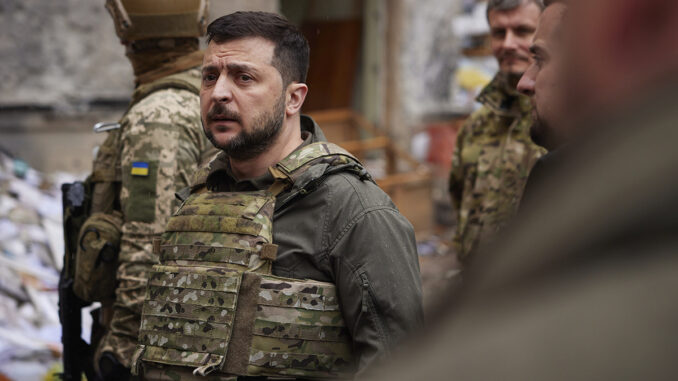
8. Attrition Warfare’s Human Cost
According to the estimate from Ukraine’s General Staff, Russia has lost some 200,000 soldiers killed or wounded in Donetsk since January 2025, the majority in the Pokrovsk and Kupyansk directions. At the same time, independent experts’ estimates, informed by data from Meduza and Mediazona among others, put the total Russian death toll in the war at between 200,000 and 220,000, and irrecoverable losses may reach 650,000 if severe injuries are taken into consideration.
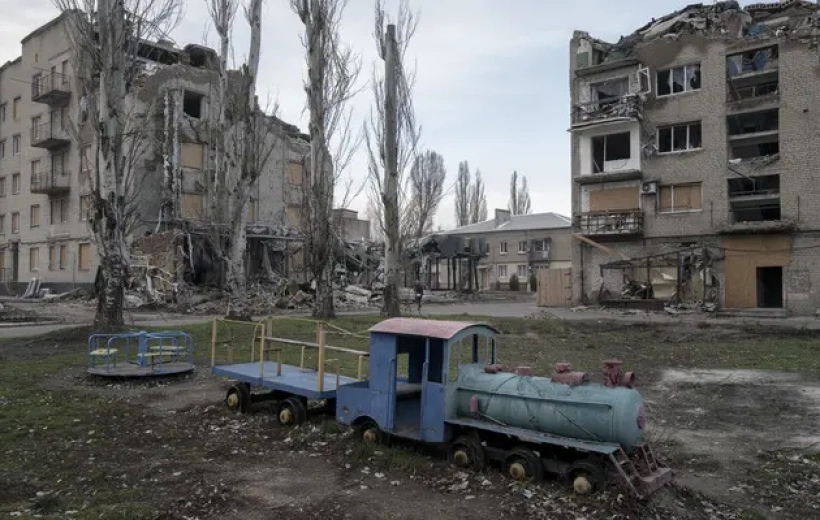
9. Strategic Signaling and Morale
Thus, a Russian success in Pokrovsk would be touted as proof of momentum in state-aligned media, with domestic morale surging to strengthen Moscow’s hand in any eventual ceasefire negotiations. Holding the city-or executing an orderly withdrawal-would let Ukraine preserve combat power and deny Russia a symbolic victory.

10. Limits of Russian Offensive Exportability
Analysts said the urban environment has helped facilitate Russian infiltration tactics and BAI effects-conditions hard to replicate in open terrain. Given the realities of open terrain-for example, around Kupyansk-this model presumes many years of resource-intensive operations that Russia may be incapable of sustaining.
The fight for Pokrovsk epitomizes the broader trends that have characterized the Russia-Ukraine War grinding offensives, technological adaptation, and interaction between tactical gain and strategic message. Be it holding or falling, the engagement will shape the operational landscape in Donetsk and influence the calculations of both sides with winter approaching.


